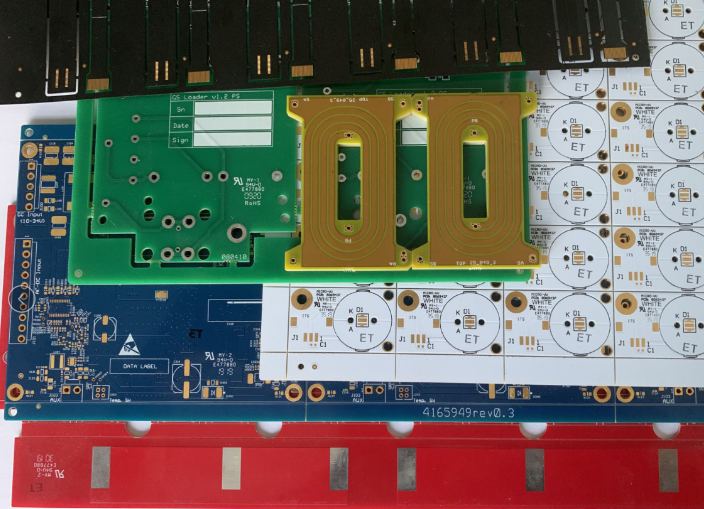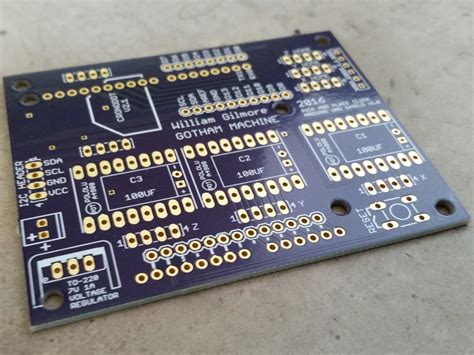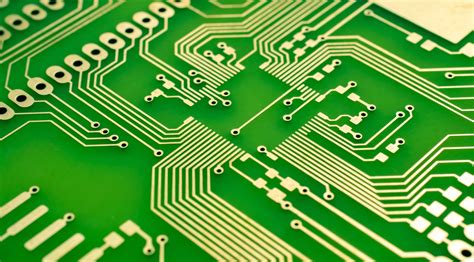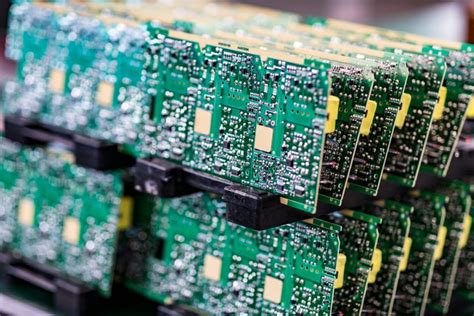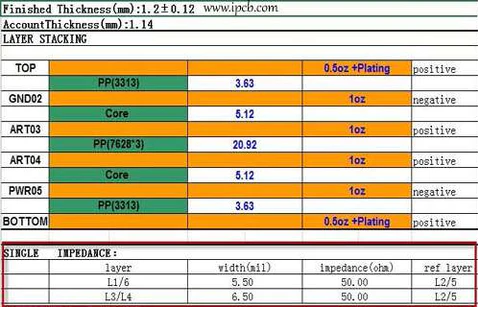Factors Affecting Ink Color in PCB Production
Abstract
The color of ink used in printed circuit board (PCB) manufacturing plays a crucial role in both aesthetic and functional aspects. Various factors influence the final ink color, including ink composition, substrate material, curing conditions, and printing techniques. This paper explores the key factors affecting ink color in PCB production and discusses their impact on consistency and quality.
1. Introduction
In PCB manufacturing, solder mask ink and legend ink are essential for protecting circuits and providing labeling. The color of these inks must meet both technical and customer-specific requirements. However, achieving consistent ink color can be challenging due to multiple influencing factors. Understanding these factors helps manufacturers maintain quality and reduce defects.
2. Ink Composition and Pigmentation
The primary factor affecting ink color is its chemical composition, particularly the pigments and dyes used.
2.1 Pigment Type and Concentration
- Organic vs. Inorganic Pigments: Organic pigments provide brighter colors but may degrade under high temperatures, while inorganic pigments offer better thermal stability.
- Pigment Dispersion: Uneven dispersion can lead to color inconsistency. Proper milling and mixing are essential for uniform color distribution.
- Pigment Loading: Higher pigment concentration results in deeper colors, but excessive amounts may affect ink viscosity and adhesion.
2.2 Resin and Additives
- Resin Type: Epoxy, acrylic, and polyurethane resins influence glossiness and color appearance.
- Additives: UV stabilizers, flow modifiers, and wetting agents can slightly alter ink color.
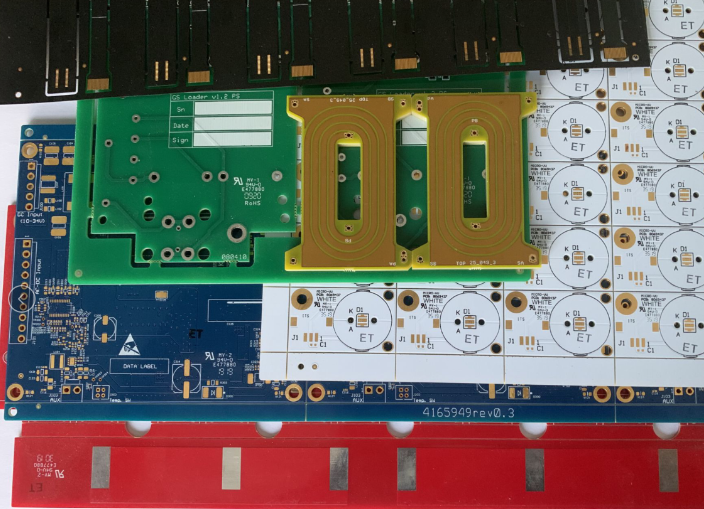
3. Substrate Material and Surface Finish
The PCB substrate and surface treatment affect how ink appears after application.
3.1 Base Material Color
- FR-4 (typically light brown) vs. high-frequency laminates (often white or black) can alter perceived ink color.
- Dark substrates may require opaque inks to achieve desired visibility.
3.2 Copper and Surface Finishes
- Exposed copper (if not fully covered) can reflect light differently, affecting color perception.
- Surface finishes like HASL, ENIG, or OSP interact with ink, sometimes causing slight color shifts.
4. Printing Process Parameters
The method of ink application significantly impacts color consistency.
4.1 Screen Printing vs. Inkjet Printing
- Screen Printing: Thicker ink layers result in more vibrant colors but may suffer from mesh pattern effects.
- Inkjet Printing: Offers precise control but may require multiple passes for opacity, affecting color depth.
4.2 Ink Thickness and Uniformity
- Thicker ink layers appear darker but may lead to curing issues.
- Uneven application causes color variation across the PCB.
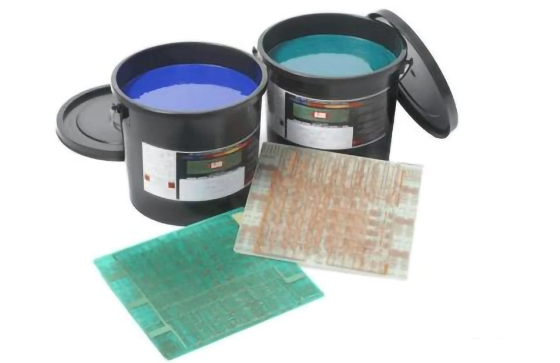
5. Curing Conditions
Ink curing is critical for final color stability.
5.1 Thermal Curing
- Temperature & Time: Over-curing can darken ink, while under-curing may leave it lighter or tacky.
- Oven Uniformity: Inconsistent heating leads to color differences across the board.
5.2 UV Curing
- UV Intensity and Wavelength: Affects polymerization, influencing gloss and color.
- Oxygen Inhibition: Can cause surface tackiness and slight discoloration.
6. Environmental Factors
External conditions during printing and storage impact ink color.
6.1 Humidity and Temperature
- High humidity may cause ink absorption issues, altering color.
- Temperature fluctuations affect viscosity and pigment settling.
6.2 Exposure to Light and Chemicals
- UV exposure can degrade pigments over time.
- Chemical interactions (e.g., flux residues) may discolor ink.

7. Aging and Storage Conditions
- Improper storage (exposure to heat/moisture) degrades ink before use.
- Shelf life expiration leads to pigment separation and color shifts.
8. Quality Control Measures
To ensure consistent ink color, manufacturers should:
- Use spectrophotometers for color matching.
- Maintain strict process controls (curing time, ink viscosity).
- Store inks in controlled environments.
9. Conclusion
Achieving consistent ink color in PCB production requires careful consideration of ink formulation, substrate properties, printing techniques, curing conditions, and environmental factors. By optimizing these parameters, manufacturers can improve product quality and meet customer expectations.

